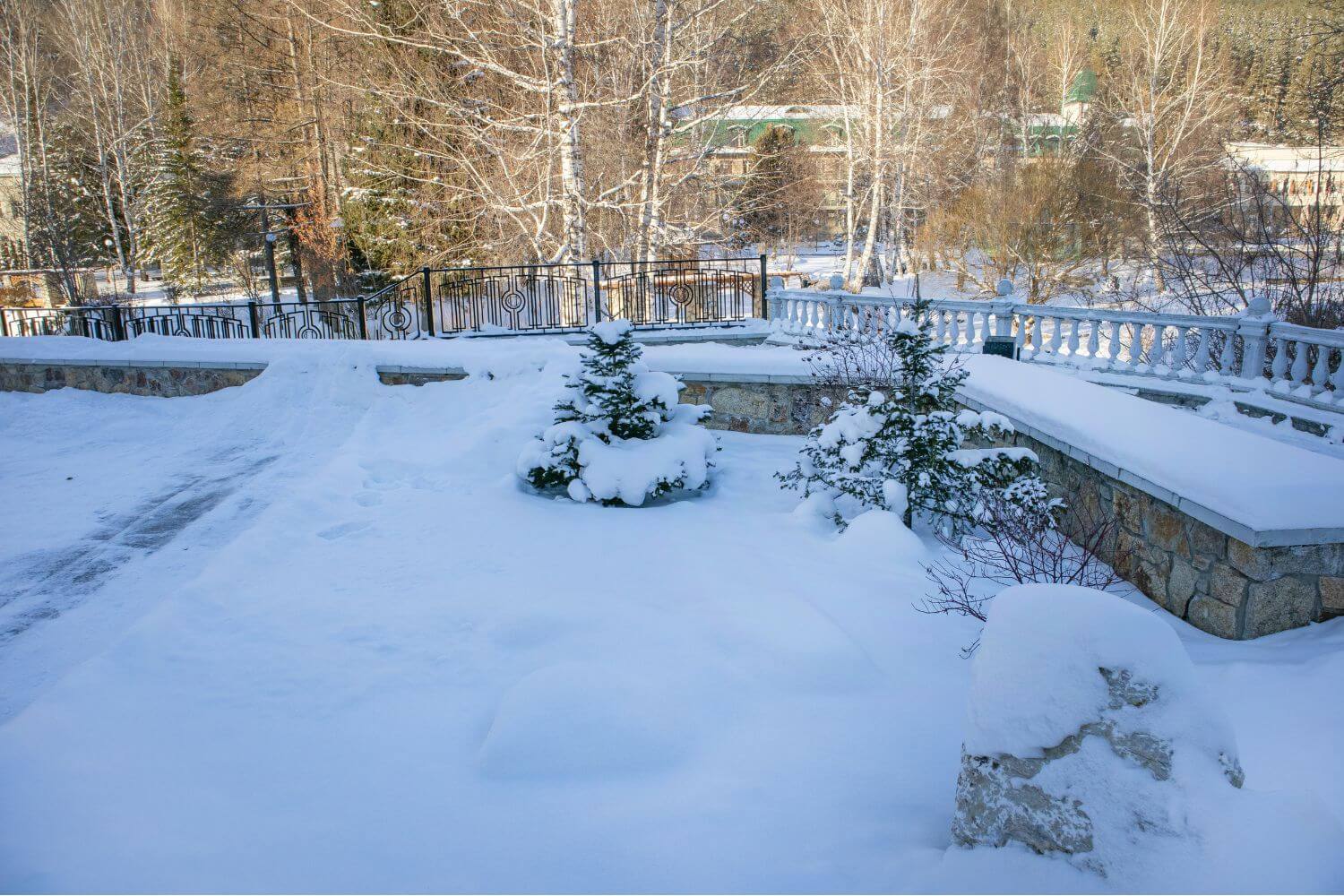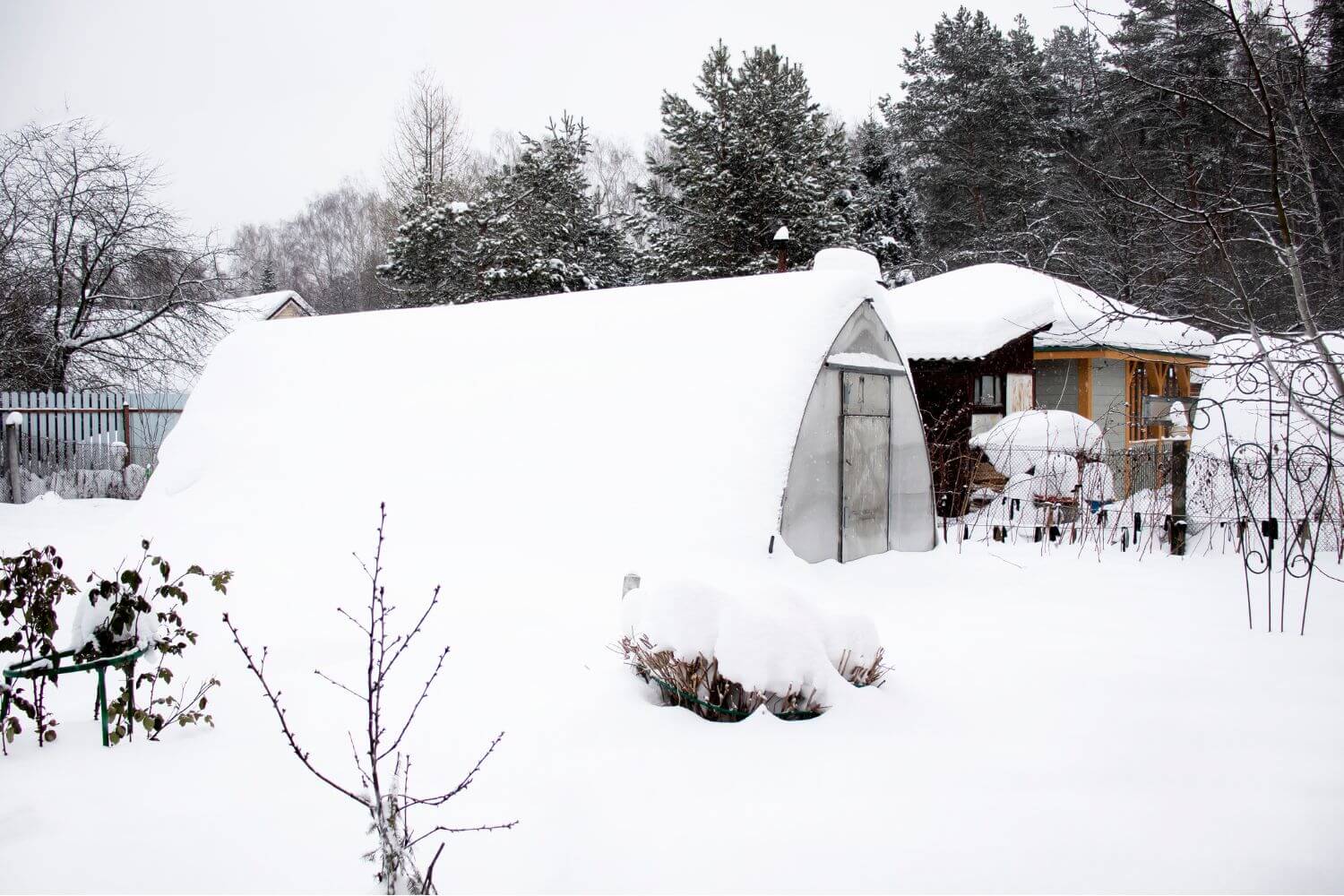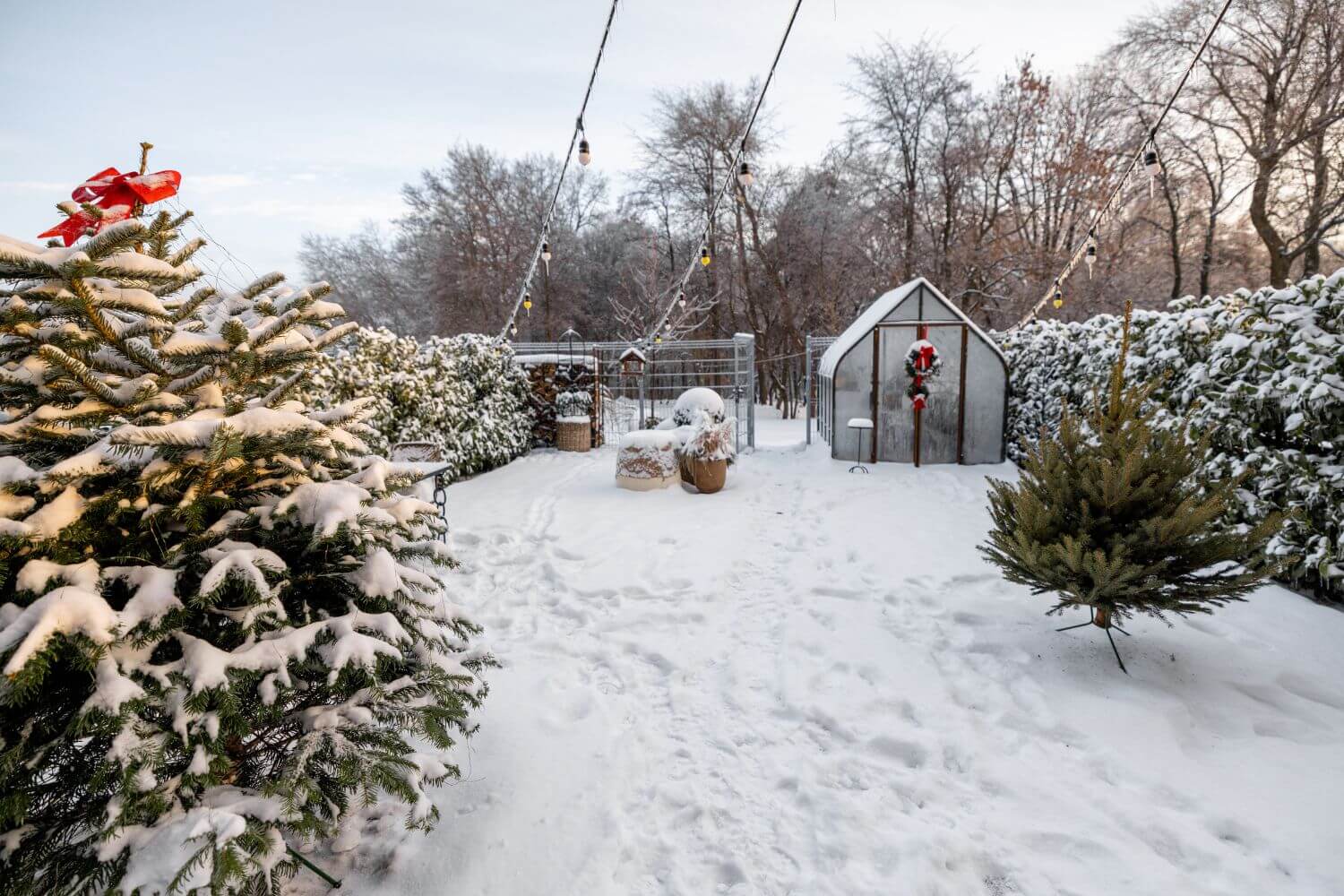
Winter arrives without warning, and if your yard isn't prepared, it may suffer severe damage. Not only does it make things appear shabby, freezes and dry winds can harm roots, destroy delicate plants, and might even make you need to start from square one. That's why it's important to plan ahead. We're the landscaping experts, so we know how to protect landscaping from freeze damage before it even starts.
Start by Cleaning Up
Despite their cozy appearance, fall leaves block sunlight and retain moisture if they are left on the ground for an extended period of time. That's great if you're looking to suffocate your grass, grow mold, and attract pests, all stuff that is harmful to your yard. Remove any dead plant matter from flower beds, rake them up, and compost what you can. This lessens the areas where insects and disease can hibernate, so it's not just about appearances. Pull any weeds while you're at it. Many of them survive under snow and return stronger in the spring, so the more you get rid of now, means less of a headache come springtime.
Plan for Snow and Ice

Although salt and chemical de-icers can quickly melt ice, they are terrible for grass, shrubs, and tree roots. Sodium chloride leaches into soil and disrupts water uptake. Use sand, gravel, or pet-safe substitutes marked as plant-friendly if you want to make sure you don't have a slip and slide. Additionally, keep snow piles away from planting beds when plowing or shoveling. Road salt is frequently carried by snow from driveways, and dumping it on your garden or lawn only makes the damage worse. Now if you find putting deicers annoying, you could invest in a heated driveway. These are great investments as they are low-maintenance, no-hassle, and will work great for years, especially in Toronto's brutal winters. Our team of licensed contractors can quickly install a heated driveway, just give us a call!
Water Deeply Before the Ground Freezes
Many people are surprised by this one. Although it may seem useless to water during the winter, your plants actually require the moisture that is stored in the soil before it locks up. Even with snow on top, roots are unable to absorb water once the ground freezes. Particularly for evergreens and recently planted trees, a few deep waterings in late fall can have a significant impact. Cold damage is much more likely to affect dry roots. Therefore, don't skip out on this step. It's among the easiest methods to help protect landscaping from freezing.
Mulch Properly
Mulch is fantastic, but it does more harm than good if it is piled too thickly or directly against trunks and stems. We want to make sure there's insulation not suffocation. To maintain consistent soil temperatures, cover root zones with a 2 to 3 inch layer of wood chips or shredded bark. The freeze-thaw cycle that pulls plants out of the ground is stopped by that buffer. To prevent rot and rodent nesting, simply keep mulch a few inches away from trunks. Additionally, avoid using fresh wood chips because they deplete the soil of nitrogen, which your plants cannot currently afford.
Protect Tender Plants and Shrubs

Not everything in your yard can tough it out alone. Plants like hydrangeas, roses, or young fruit trees often need extra help. Burlap wraps, frost cloths, or even temporary windbreaks can shield them from biting winds and ice. For potted plants, move them to a garage, shed, or covered porch if possible. If they’re too big to move, group them together near a wall for shelter and wrap the pots in insulation or bubble wrap. The roots in containers freeze faster than those in the ground, so this step is critical to protect landscaping from freeze damage.
Don’t Prune Too Late
It’s tempting to tidy things up in fall, but cutting back perennials or shrubs too close to winter can backfire. New growth triggered by pruning won’t have time to harden off, making it extra vulnerable. Wait until late winter or early spring for most pruning jobs. Exceptions? Remove dead, diseased, or broken branches anytime, they’re just hazards waiting to snap in a storm. But hold off on shaping or thinning until the worst cold has passed.
Check Your Soil Health

Stronger root systems, improved drainage, and improved moisture retention are all benefits of healthy soil that help plants withstand Toronto's cold temperatures. Fall is a good time to test your soil if you haven't done so recently. Once it's cold, there's not much you can change, but knowing your pH and nutrient levels will help you take better care of your plants when spring comes around. If your beds are empty, think about adding compost right away. It decomposes gradually and enriches the soil throughout the winter without causing plant fire.
Final Thoughts
The best time to protect landscaping from freeze is when the days are still mild and the ground isn’t frozen solid. Your window will quickly shrink if the temperature continuously falls below freezing. Resilience, not perfection, is the key to protecting your landscaping from freezing temperatures. When spring arrives, a well-prepared yard will not only survive the winter but also grow back more quickly, more lushly, and with greater health. You'll have more time to enjoy what you've created and less time to replace dead plants.


